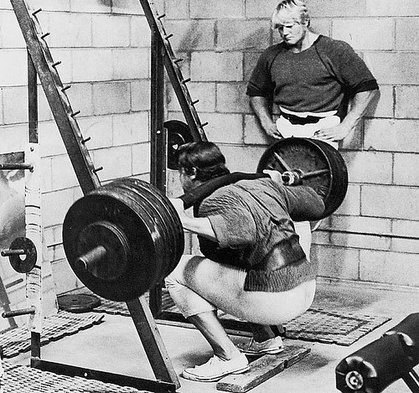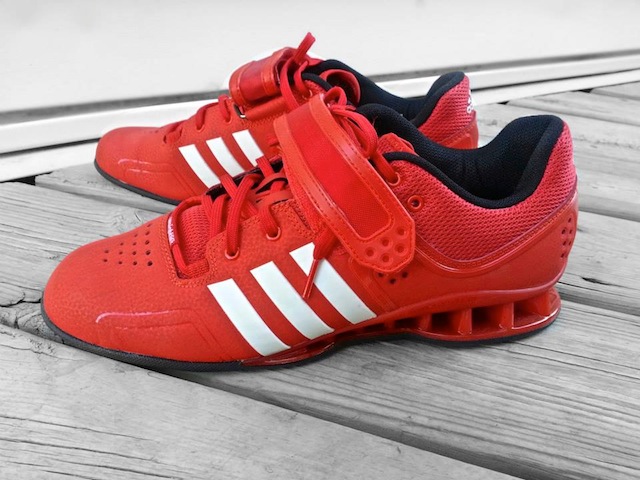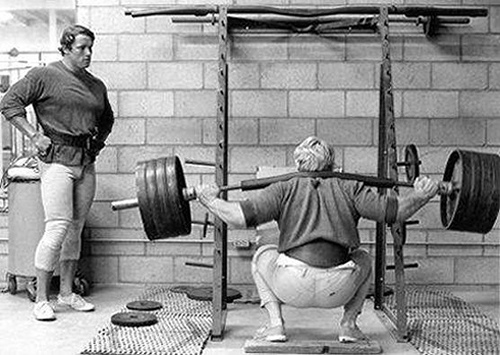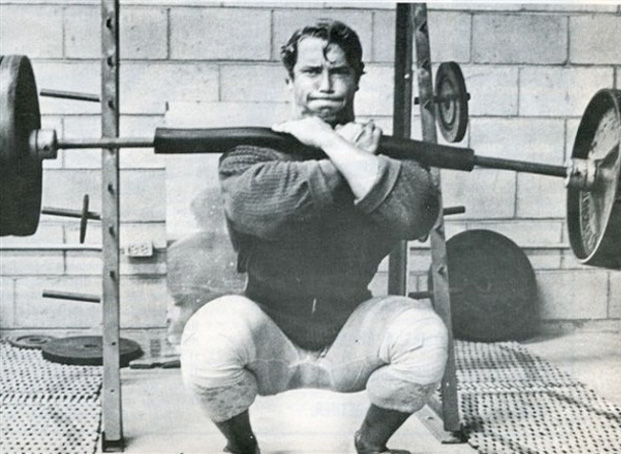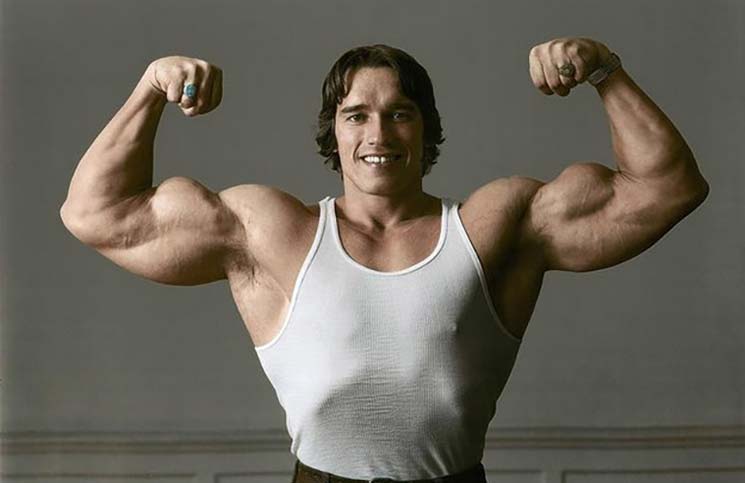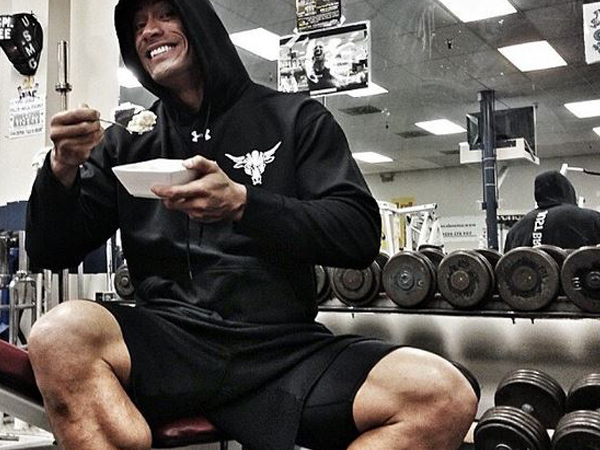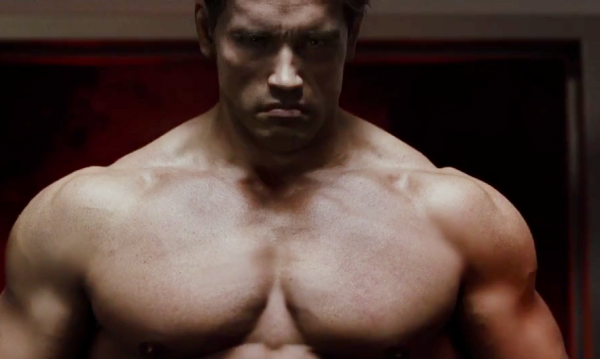There are very few people who are physically incapable of performing very deep squats. Even if you have some sort of injury history, or feel that your muscles will never be loose enough to squat low, you can greatly improve the depth of your squat with a little practice and by using these tips.
Step 1: Wear The Right Shoes
Wearing the wrong shoes is the most common mistake that you’ll see people make in the gym. If you look at the squat rack in your gym you’ll usually see someone squatting while wearing some sort of cross trainers or running shoes.
These types of sneakers will actually limit the amount of weight that you can lift and they also increase your risk of injury.
The best shoes that you can wear are weightlifting shoes, but they can be rather expensive. The best pairs will cost you $200, but if you are doing a lot of Olympic style lifts they are well worth the investment. Here are some good options: http://bestexerciseshoes.com/squats/
If you do not want to invest that much on shoes for a specific exercise, that’s understandable. Your second best option is to wear the classic Converse All-Stars or to wear no shoes at all. I prefer the Converse because they make a more stable platform for your feet.
Step 2: Start With The Proper Stance
Most trainers and the advice that you’ll find on the internet recommend that you set up with your feet at or slightly wider than shoulder width apart, with your toes pointed straight forward or slightly outward. But this is an advanced position that takes time to learn to do.
Very few people walk into the gym for the first time, put a barbell on their back, set their feet up at should width apart and are able to perform a deep squat.
Most of the pictures that you see on-line are of advanced trainees that stretched and practiced to achieve that form.
We all have a comfortable stance that allows us to get deep. And once you find that stance you can work towards perfecting your form. This article goes into great detail over the benefits of a wider stance: http://www.bodybuilding.com/fun/secret-of-the-perfect-squat-widen-your-stance.html
If you decide to step out and adopt a wider stance, you will notice the benefits:
-
More glute activation
-
More quadriceps activation
-
More ankle mobility
-
More power production
To find your optimal stance pretend that you’re a sumo wrestler for a moment. Have you ever seen them lift one leg up in the air, slap their thigh, and slam their leg down on the floor in a wide stance? Stand up and try that right now. Where your feet just landed is a much more natural squatting stance and will be a very good starting point for you to work from.
Step 3: Elevate Your Heels
If you own a pair of weight lifting shoes, you can most likely skip this step. But if you are wearing Converse you will probably want to place a 2X4 or a similar block under your heels.
This will help your ankles increase their mobility and allow you to get down much lower. You can still use a block under your heels with weight lifting shoes as well. But over time work on reducing the size of the block and eventually eliminate it.
Step 4: Practice Without Weight
Do not rush right out to the gym with your new shoes and heel block to try this with a barbell. You need to work on your form first and get a feel for the movement.
Before you start, pick a spot on the wall slightly above eye level. Keep your eyes locked on that spot throughout the movement. Don’t stare at the ceiling or down at the floor.
Begin the movement by shifting your weight to your heels and then by bending slightly at the hips, pushing your butt back. Do not start by bending at the knees.
As you squat keep your arms bent and elbows pointed towards the floor. If you’re having balance problems you may find it useful to hold your arms out in front of you to start.
As your elbows approach your knees use them to push them outward. It’s critical to learn to push your knees outward, and using your elbows as a cue will help you to learn to do so and help your hips become more flexible.
Squat down as low as you can while keeping your back straight. When you feel you have gone as low as you can, hold that position for as long as possible. If it’s only 3 seconds before you feel that you’ll fall over or that your legs will give out, that’s ok. Hold that spot for 3 seconds and then rise. Tomorrow your goal will be to hold that spot for four seconds.
You can practice as many times a day as you want without adverse effects. The more you practice the faster you’ll be squatting all the way down and comfortably holding that position for extended periods comfortably.
Step 5: Use A Barbell
When you feel ready to head to the gym and use the barbell, by all means do it. But be ready for a shot to your ego if you have been doing heavy shallow squats for any length of time.
It’s going to be much harder to rise from a very low squat with the weight that you’re accustomed to. So just start with the bar and slowly increase the weight to a level that you feel comfortable.
Step 6: Protect Your Knees And Grow
With your new found squat depth you’ll be recruiting more muscle fibers and actually making the tendons and ligaments in your knee joint stronger and less susceptible to injury. Once you start to get past parallel you begin to recruit more and more muscle fibers in your hips and hamstrings. The deeper you go the more this is true.
By recruiting more muscle fiber you’ll not only have the direct benefit of getting more muscles involved, but your body will produce more growth hormone as well. An increase in the amount of growth hormone that your body produces will add more muscle to your body overall.
Hopefully this helps some of you. By doing exactly this I was able to get into a pretty good third world squat in about a month. It’s not perfect but it’s way better than it used to be. The amount that I squat has dropped a lot but people at the gym like to warn me about how deep I go all the time. And then I see them in the rack doing quarter reps, nowhere near parallel with a bunch of vanity plates on the bar. So I must be doing something right.
One thing you’ll notice as you add weight to the bar is how sore you’ll be. I didn’t realize how much squatting low involved the hips until I was sore in all new places.
